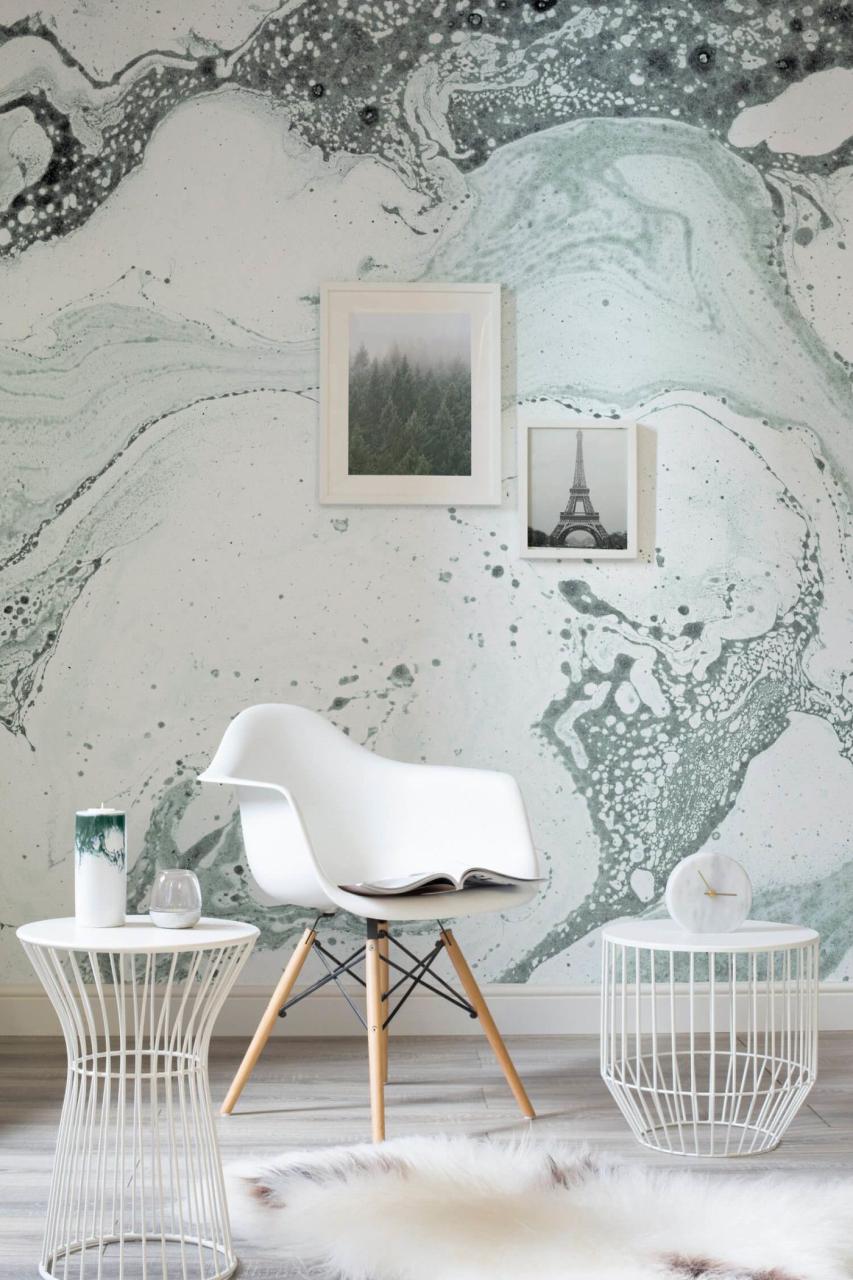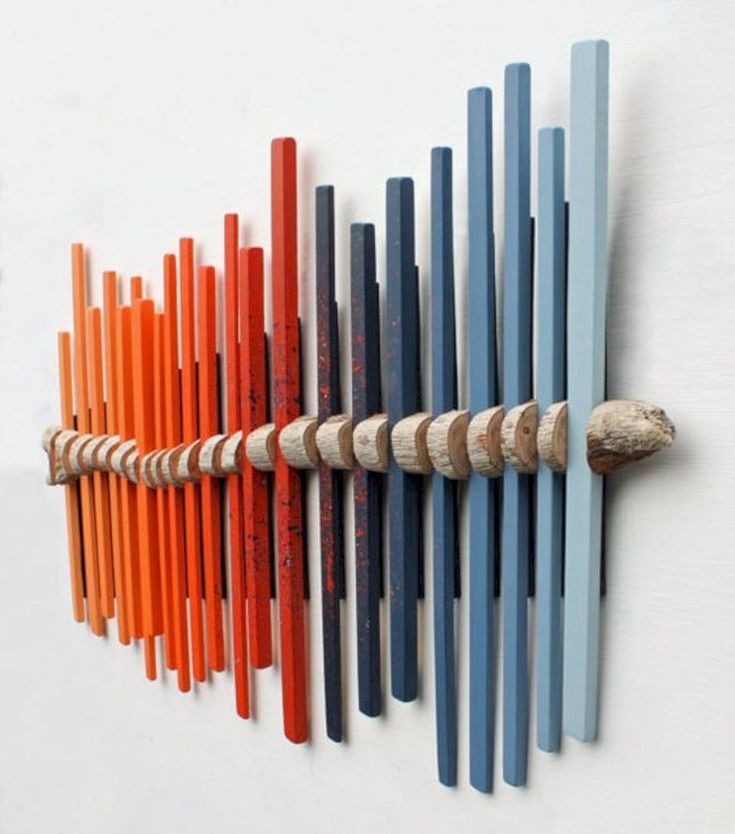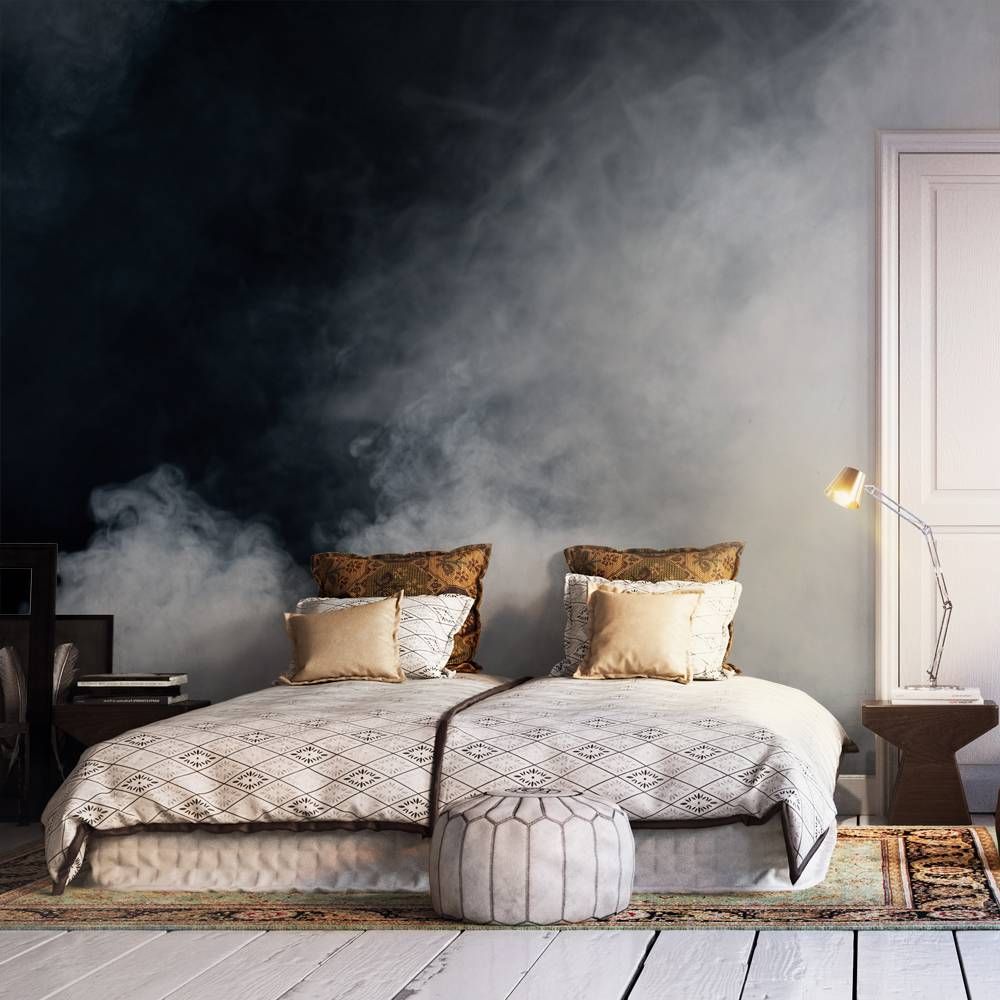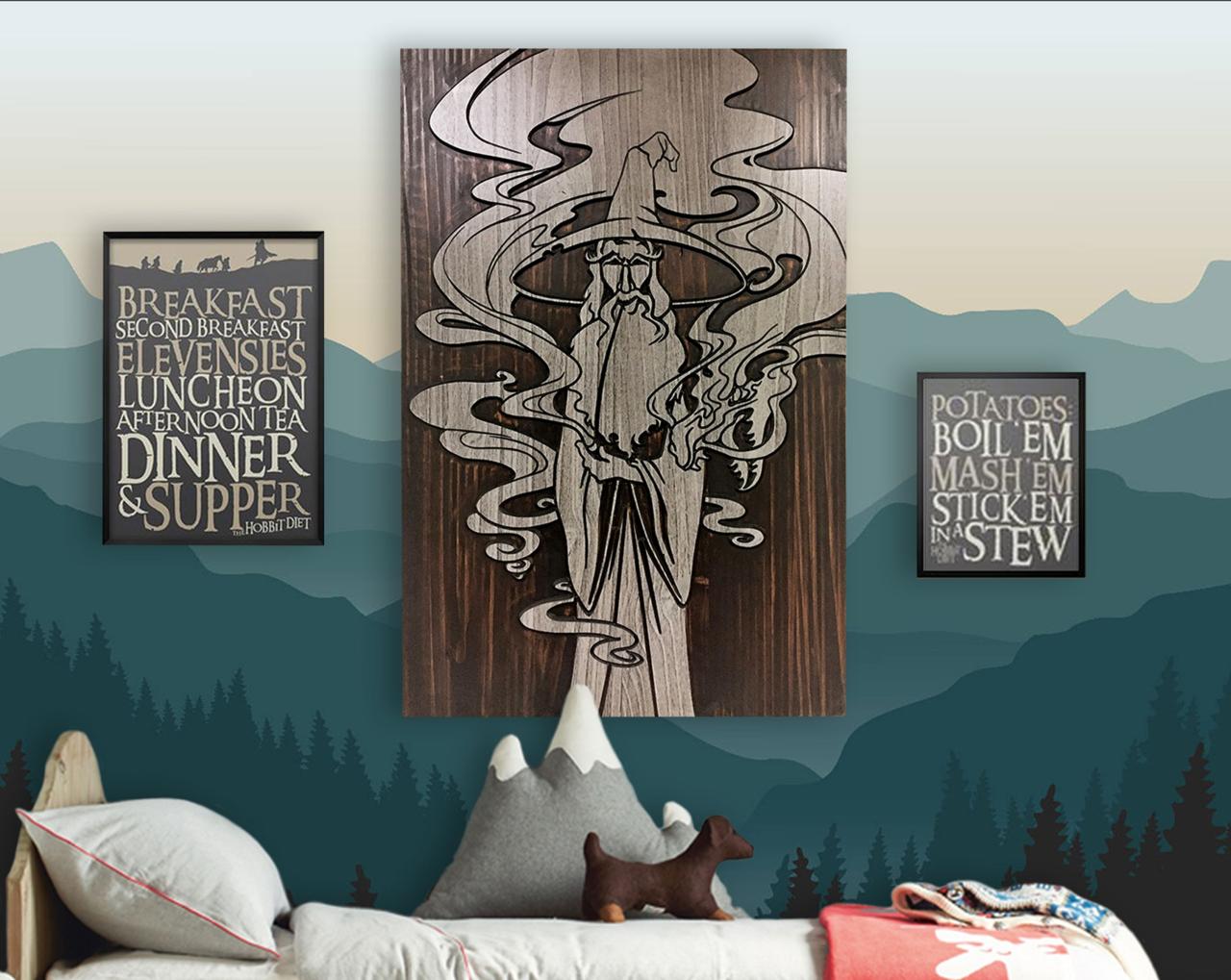Your living space is a reflection of who you are, and customizing it with DIY wall art and decor is a fantastic way to showcase your personality and creativity. Whether you’re an experienced artist or just beginning your creative journey, there are countless projects that can enhance your home’s aesthetic while keeping your budget intact.
This comprehensive guide will walk you through various methods to personalize your walls, ensuring your space is both unique and inviting.
Creative Ways to Enhance Your Walls
A. Display Cherished Memories with Framed Photos Transform your favorite snapshots into a captivating wall display. Select frames that complement your room’s decor and experiment with different arrangements to create a visually appealing gallery. Mixing various frame styles and sizes can add depth and interest to your display.
B. Unleash Your Inner Artist Even if you have no prior painting experience, you can create stunning artwork. Start with basic shapes or patterns and let your imagination guide you. Utilize mediums such as acrylics, watercolors, or markers to bring your visions to life. Don’t worry about perfection; the beauty of DIY art lies in its uniqueness and personal touch.
C. Personalize with Wall Decals Wall decals are an easy and versatile way to add character to any room. Available in a wide range of designs—from geometric patterns to inspirational quotes—you can quickly update your space without committing to permanent changes. Decals are also great for renters who want to personalize their homes without damaging the walls.
D. Craft a Macrame Wall Hanging Macrame wall hangings are trendy and add a bohemian flair to your decor. This craft involves knotting cords into intricate patterns, resulting in a beautiful and textured piece of art. Macrame is surprisingly easy to learn, and there are plenty of tutorials available to help you get started.
Personalized Wall Decor Ideas

A. Create a Stunning Gallery Wall A gallery wall allows you to combine various elements such as artwork, photos, and decorative items into a cohesive display. Experiment with different layouts and sizes to find a composition that resonates with your style. This approach not only showcases your favorite pieces but also serves as a focal point in any room.
B. Utilize Shelves and Pegboards Shelves and pegboards are practical and stylish solutions for displaying books, plants, collectibles, and other decorative items. They offer flexibility in arrangement, allowing you to change the display as your tastes evolve. Additionally, shelves can provide extra storage space, helping to keep your home organized.
C. Add Elegance with Mirrors Mirrors can make a space appear larger and more luminous. Choose a mirror that complements your room’s style, whether it’s modern, vintage, or rustic. Position it strategically to reflect natural light or to serve as a statement piece that enhances the room’s overall aesthetic.
D. Experiment with String Art String art is a visually striking and straightforward art form. By using nails and colorful strings, you can create intricate patterns and designs on your walls. This technique allows for endless customization, enabling you to craft personalized pieces that align with your decor theme.
Achieving a Harmonious Look

A. Adhere to a Consistent Color Scheme Selecting a harmonious color palette is crucial for creating a cohesive look. Choose a few complementary colors that blend well with your existing room decor. This approach ensures that your wall art and decor pieces enhance rather than clash with each other.
B. Mind the Scale and Proportion Ensure that your artwork and decor items are appropriately sized for the space. Oversized pieces can overwhelm a room, while smaller items may get lost in larger spaces. Consider the dimensions of your walls and the furniture to create a balanced and aesthetically pleasing arrangement.
C. Embrace Variety in Styles and Textures Don’t hesitate to mix different styles and textures to add depth and interest to your decor. Combining contemporary art with vintage pieces or incorporating various materials like wood, metal, and fabric can create a dynamic and inviting environment.
D. Play with Lighting to Highlight Art Proper lighting can enhance the beauty of your wall art and decor. Use a combination of ambient, task, and accent lighting to create the right atmosphere. Spotlights or track lighting can draw attention to specific pieces, making them stand out and adding a touch of sophistication to your space.
Essential Materials and Tools

Before embarking on your DIY wall art projects, gather the necessary materials and tools to ensure a smooth and successful experience. Here’s a list of common items you might need:
A. Canvas or Wood Panels These serve as the foundation for your artwork. Canvases are versatile and ready to use, while wood panels offer a sturdy base for various art forms, including painting and string art.
B. Paints, Markers, or Pencils Choose the medium that best suits your style and skill level. Acrylic paints are popular for their vibrant colors and ease of use, while watercolors offer a softer, more fluid look. Markers and pencils are excellent for detailed and precise work.
C. Brushes Different types of brushes, such as flat, round, and detail brushes, can create various effects and textures. Investing in a quality set of brushes will enhance your ability to execute your creative ideas effectively.
D. Stencils Stencils are invaluable for creating intricate patterns and designs without the need for freehand drawing. They allow for consistency and precision, making them ideal for beginners and experienced artists alike.
E. Frames Selecting the right frames can significantly impact the overall look of your artwork. Choose frames that complement both your art and your room’s decor, whether you prefer minimalist designs or ornate styles.
F. Adhesive High-quality adhesive is essential for attaching items to your walls securely. Depending on your project, you might need nails, screws, or adhesive strips to ensure your artwork stays in place.
G. Measuring Tape and Level Accurate measurements and proper alignment are crucial for a professional-looking display. Use a measuring tape to determine the correct placement and a level to ensure your artwork is hung straight.
Advanced Techniques for Unique Art

Once you’ve mastered the basics, consider trying advanced techniques to take your DIY wall art to the next level:
A. Combine Various Materials Mixing different materials such as paint, fabric, and found objects can create a truly unique and textured piece. Experimenting with mixed media allows you to explore new dimensions and add depth to your artwork.
B. Embrace Abstract Art Abstract art is a powerful way to express emotions and ideas without being confined to specific representations. Play with shapes, colors, and textures to create visually intriguing pieces that evoke feelings and spark conversation.
C. Incorporate Typography Using letters and words in your art can add a meaningful and personal touch. Create visually interesting compositions by combining different fonts, sizes, and colors to highlight inspiring quotes or personal messages.
D. Add Dimension with Layering Layering different elements can make your art pop and add a three-dimensional effect. Techniques like layering paint, sculpting with clay, or incorporating fabric can give your artwork a tactile quality that enhances its visual appeal.
Sources of Inspiration

Finding inspiration is key to creating meaningful and beautiful wall art. Here are some ideas to ignite your creativity:
A. Nature-Inspired Art Draw inspiration from the natural world by incorporating elements like plants, animals, or landscapes into your artwork. Nature-inspired pieces can bring a sense of tranquility and harmony to your space.
B. Emotional Expression Use art to convey your emotions and experiences. Abstract art, in particular, allows you to express complex feelings through bold colors and dynamic brushstrokes, creating pieces that resonate on a personal level.
C. Pop Culture Elements Incorporate elements of popular culture, such as comic book characters, iconic images, or famous quotes, into your art. This approach adds a fun and relatable touch to your decor, making it more engaging and lively.
D. Minimalist Designs Sometimes, less is more. Creating clean, minimalist designs that focus on simplicity and essential elements can result in elegant and sophisticated wall art that complements any room.
E. Geometric Patterns Experiment with shapes and patterns to create visually appealing geometric compositions. Geometric art can add structure and order to your space, making it both modern and timeless.
Tips for Achieving Success
Creating DIY wall art is a rewarding endeavor, and these tips can help ensure your projects turn out beautifully:
A. Practice Regularly Don’t be discouraged by initial setbacks. The more you practice, the more skilled you’ll become. Experiment with different techniques and styles to discover what works best for you.
B. Stay True to Yourself Let your personality shine through in your artwork. Authenticity makes your creations unique and meaningful, ensuring that your decor truly represents who you are.
C. Consider the Space Always take into account the size and layout of the area where you plan to display your art. Ensure that your pieces enhance the space without overwhelming it, creating a balanced and harmonious environment.
D. Enjoy the Process Have fun with your creative projects. Embrace the journey of making art, and don’t stress too much about the final outcome. The joy of creating is just as important as the finished piece.
Conclusion
Personalizing your home with DIY wall art and decor is a fulfilling way to express your creativity and enhance your living space. By exploring various techniques, sourcing inspiration, and following practical tips, you can transform your walls into a vibrant and unique reflection of your personality.
Whether you’re crafting intricate macrame hangings or assembling a stunning gallery wall, the possibilities are endless.














